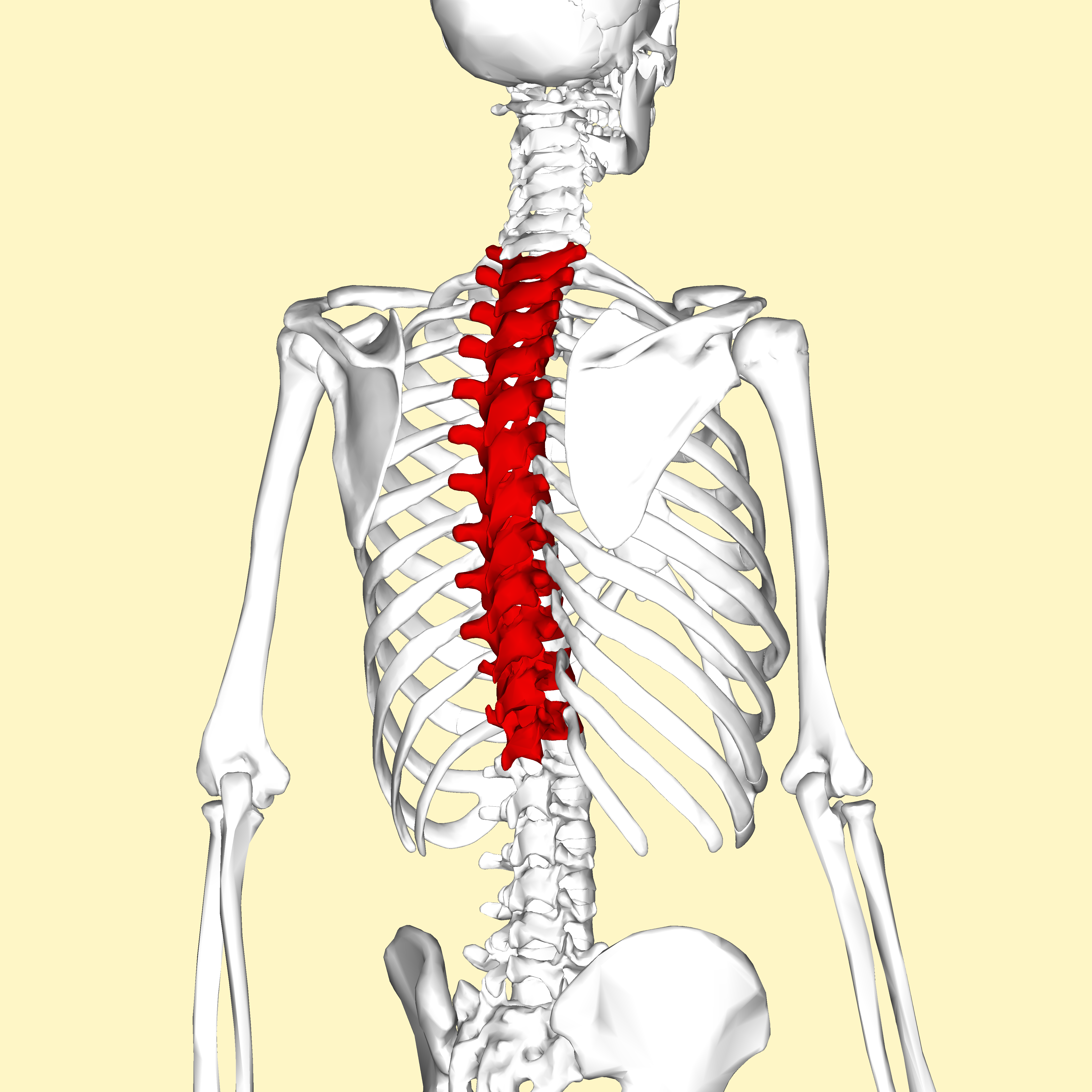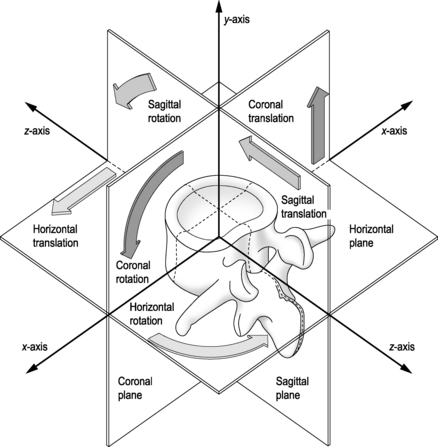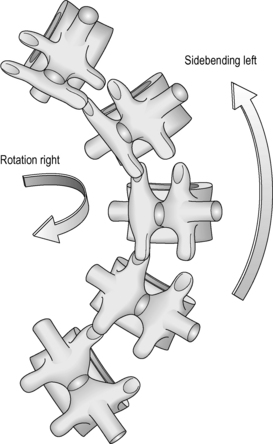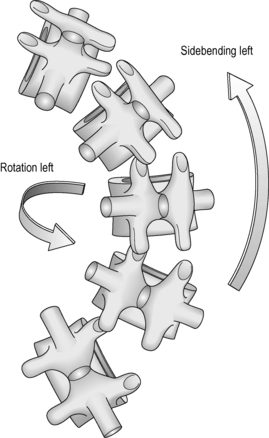前幾周在直播時我們提及了簡單的胸椎旋轉
這篇文章將會更進一步的講解關於胸椎的動作
In the last live-stream, I talked about some tips of thoracic rotation
This article will explain more detail about thoracic movement.
 |
| By Anatomography (en:Anatomography (setting page of this image)) [CC BY-SA 2.1 jp (https://creativecommons.org/licenses/by-sa/2.1/jp/deed.en)], via Wikimedia Commons |
脊椎在活動上總共有六度的活動度
分別是三個平面上的旋轉與平移
our spine segment has 6 degrees of freedom
It can rotate or transit on three different planes.
 |
| Photo credit: Neupsykey.com |
延伸自上次講的旋轉與側彎
我們需要提到大名鼎鼎的Fryette's Laws
Fryette's Laws是Harrison Fryette, D.O.(1876-1960)所提出椎體動作的原則
最原始的Fryette's Laws只有兩條
直到1948由CR Nelson, D.O.再加以補充
成為了今天被大家熟知的三大原理
When we talk about the spine rotation and side-bending,
we can't miss the famous Fryette's Laws
There were only 2 laws in the original version
In 1948, CR Nelson, D.O. added the third law.
Make those three laws become the well-known Fryette's Laws.
其原則如下:
The three laws are as follow:
1. 在椎體正中位置下, 椎體側彎時會伴隨椎體向對側旋轉
1. When the spine is in neutral, side bending to one side will accompany the opposite side rotation
 |
| Photo credit: Musculoskeletalkey.com |
2. 在椎體非正中位置下, 椎體側彎會伴隨椎體向同側旋轉
2. When the spine is not in neutral, side bending to one side will accompany the same rotation.
 |
| Photo credit: Musculoskeletalkey.com |
3. 椎體在某一個平面上的動作產生變化時, 會影響其餘兩個平面的活動
3. When motion is introduced in one plane it will modify motion in the other two planes.
如果你是正在就讀物理治療學系的學生
麻煩請念到這裡即可
因為上面描述的是簡化過後的脊椎動作, 也是考試的標準答案
If you are a PT/PTA student, please stop right here.
The content above simplifies spine movement, but also the standard answer for testing.
最近一篇針對胸椎活動的系統性回顧
在2007年PS Sizer等人發表
針對胸椎耦合動作的結論是沒有結論
過去數十年間的研究所得出來的結果無法取得一致性
The most recent review of the thoracic coupled movement is in 2007, published by PS Sizer et al.
The conclusion for joint coupling of the thoracic spine is no conclusion.
There is no consistency from those research over the past several decades.
但這不代表Fryette's Laws就從此失去了代表性
它描述的也許是一個在理想情況下的動作
針對不同的情況我們的身體會做出相對應的反應
But it doesn't mean Fryette's Laws is wrong.
It might describe the movement under the ideal condition.
Our body should respond to what they encounter.
中立本身是一個動態的概念
如果無法找到所謂的中立位置
那沒辦法去判斷到底動作適用於哪一條原理
Neutral is a dynamic concept
If there's no true neutral position,
how can we decide which movement should follow which law?
這邊要額外提及另一位大師級人物Philip E. Greenman, O.D
在其著作Principles of Manual medicine裡
對於Fryette's Laws第二原理提出了我覺得非常適用於臨床的觀點
如果胸椎先做出了側彎的動作, 那會有對側旋轉的耦合動作
如果胸椎先做出了旋轉的動作, 那會有同側側彎的耦合動作
Here's another master I need to mention on this topic, Philip E. Greenman, O.D.
In his book Principles of Manual medicine,
he proposed an idea about spine movement which I thought is really helpful in practice.
If the side-bending is introduced first, then it will accompany the opposite rotation.
If the rotation is introduced first, then it will accompany the same side side-bending.
藉由上面提到的這些原理與概念
我們可以進行更精準的臨床評估, 處理, 與動作選擇
By knowing all those concepts,
we can do the better evaluation, treatment, and movement integration.
本著作由I-Chen Liu, PT, MS, DPT, OCS製作,以創用CC 姓名標示-非商業性-相同方式分享 4.0 國際 授權條款釋出。






